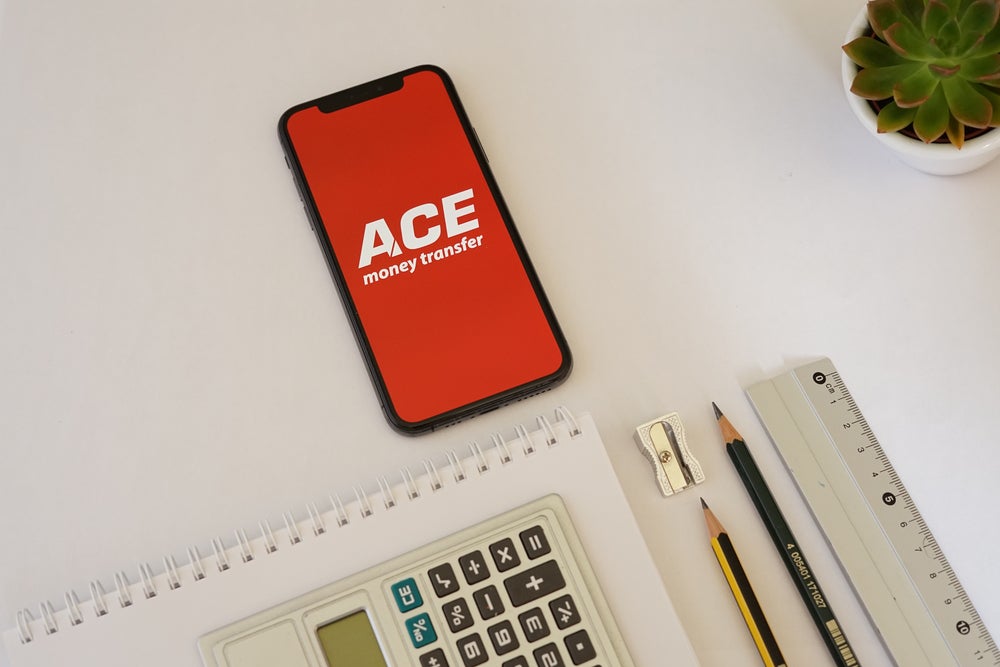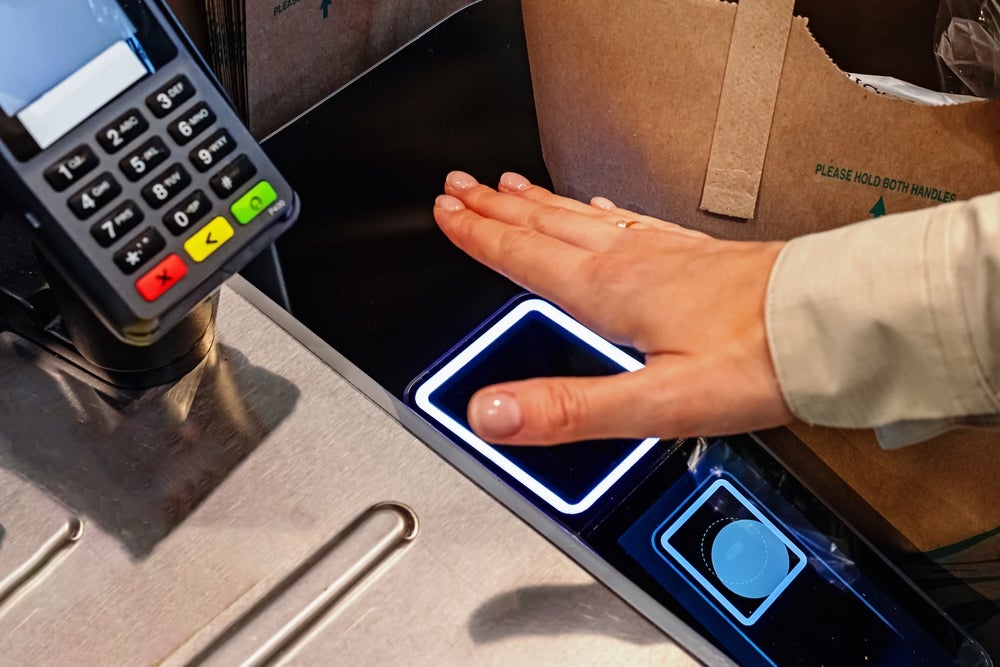Peru is introducing regulations that will allow non-banks to provide mobile money services to unbanked consumers. The initiative is designed to promote financial inclusion, particularly in rural areas, Robin Arnfield reports.
In December 2012, Peru’s Congress passed an Electronic Money Law (Ley de Dinero Electrónico), which creates a regulatory framework for a new type of entity, electronic money issuers (empresas emisoras de dinero electrónico), to provide mobile wallets. The law, which was signed in January 2013 by Peruvian President Ollanta Humala, is expected to be implemented by July 2013.
Unbanked consumers will be able to use their m-wallets to make payments to merchants and for domestic remittances. President Humala told a January 2013 press conference that the Government intends to use the new e-money infrastructure to encourage financial inclusion and to pay pensions and family benefits to people living in rural areas where there are no bank branches.
Regulations
The law will require e-money issuers to be licensed by Peru’s financial services regulator, Superintendencia de Banca, Seguros, y AFP (SBS/Superintendent of banks, insurance and private pension funds/administradoras privadas de fondos de pensiones).
"The SBS is currently working on the specific regulations for e-money," says César Ordóñez, commercial manager at Peruvian consultancy Frikuent. "These guidelines will define what types of company can be e-money issuers, and what their responsibilities will be."
How well do you really know your competitors?
Access the most comprehensive Company Profiles on the market, powered by GlobalData. Save hours of research. Gain competitive edge.

Thank you!
Your download email will arrive shortly
Not ready to buy yet? Download a free sample
We are confident about the unique quality of our Company Profiles. However, we want you to make the most beneficial decision for your business, so we offer a free sample that you can download by submitting the below form
By GlobalData"The minimum capital for an e-money issuer will be PEN (Peruvian Nuevo Sol) 2m ($750,000)," says Miguel Herrera, senior investment officer with microfinance development agency Accion’s Frontier Investments Group.
Ordóñez says the SBS is expected to publish its regulatory guidelines by early June 2013. "OSIPTEL (Organismo Supervisor de Inversión Privada en Telecomunicaciones/Supervisor of private telecoms investment), the Peruvian telecoms regulator, will also publish its e-money guidelines soon," he says. "The OSIPTEL guidelines will ensure that any e-money issuer will be able to access any Peruvian mobile carrier’s network on equal terms and with the same fees."
"The e-money law levels the playing field so that anyone – banks, telcos, retailers, or third-party service providers that are neither banks nor telcos – can offer m-wallets," says Herrera. "For example, airtime top-up distributors would be interested in offering m-wallets."
"The SBS is a very progressive regulator and has worked closely with OSIPTEL on the e-money regulations," Herrera adds. "In Latin America, the SBS is seen as a leader in banking regulations, the proof being that Peru has a very solid banking system that survived the 2008-2009 crisis."
Accounts
"Peruvian regulations allow basic bank accounts to be offered to the unbanked by any regulated banks and licensed deposit-takers such as rural savings and credit unions (cajas rurales de ahorro y crédito) and municipal credit unions (cajas municipales de ahorro y crédito)," says Álvaro Martín Enríquez, a partner at Madrid-based consultancy Analistas Financieros Internacionales (AFI). "As these accounts hold a limited amount of money, they are subject to lower KYC requirements than standard bank accounts. The difference between basic bank accounts and e-money accounts is that non-banks will be able to offer e-money accounts. However, e-money accounts can’t pay interest, and there is no deposit insurance. Also, e-money issuers can’t lend out the money they receive from mobile wallet-holders."
Because e-money accounts will be used for low-value transactions, they will be subject to lighter KYC regulations than basic bank accounts, Enríquez says.
E-money issuers will have to be highly liquid. "For every Sol of e-money that they issue to their customers, they will have to hold a back-up Sol in a trust account with a regulated financial institution," Enríquez says. "The regulations will require them to spread their trust accounts across multiple banks."
Infrastructure
Peru combines low banking penetration with a very high level of cellphone coverage, making it an attractive market for m-wallet issuers. "Only 30% of the Peruvian population had bank accounts in 2011," says Ordóñez. According to President Humala, 65% of rural areas of Peru lack access to banking services. However, Peru has 32m cellphone subscribers, with coverage reaching 95.5% of the country, the President said at the January 2013 press conference.
According to the SBS, there were 1,734 total bank branches in Peru in December 2012. In addition, the Peruvian banks operate networks of non-bank correspondent agents such as convenience stores in urban areas.
In March 2013, there were 14,934 correspondent agents, providing services such as opening basic bank accounts, bill payments, account deposits and withdrawals, and transfers. According to Peruvian banking association ASBANC (Asociación de Bancos del Perú), the number of correspondent agents rose by 39.7% year-on-year in March 2013.
Correspondent agents will provide cash-in and cash-out services for mobile wallet-holders, says Herrera. ""M-wallet issuers will need to establish their own agent networks or form alliances with companies that manage existing agent networks," he says. "Also, m-wallets issued by different providers will need to be interoperable if they are to facilitate adoption and enable cash-in and cash-out through multiple agent networks. The e-money regulations certainly encourage m-wallet interoperability, but don’t specify that issuers must provide interoperable wallets."
ASBANC has issued a RFP (request for proposal) for the provision of an interoperable m-wallet system that Peruvian banks can use, Herrera adds.
Banking market
The Peruvian banking market is highly concentrated. According to a report on Latin American banks by J.P. Morgan Equity Research, the top four Peruvian banks – Banco de Crédito del Perú (BCP), BBVA Continental, Scotiabank and Banco Interbank – controlled 83% of total Peruvian loans and 83% of deposits in December 2012. The two largest banks, BCP and BBVA Continental, together controlled 57% of the loan market in December 2012.
J.P. Morgan says that loan penetration in Peru is low, with total consumer loans, including credit cards, accounting for 5% of the country’s GDP in December 2012, up from 4.7% in December 2011. Total consumer and corporate credit card loans represented 2.7% of GDP in December 2012, up from 2.5% in December 2011, according to J.P. Morgan and the SBS. The percentage of mortgages to GDP rose from 3.9% in December 2011 to 4.4% in December 2012.
In December 2012, the consumer credit card non-performing loans (NPL) ratio was 4.1%, up from 3.5% in December 2011, while the mortgage NPL ratio fell from 0.9% in December 2011 to 0.8% in December 2012. Total consumer lending rose by 16.1% in 2012 year-on-year, compared to a growth rate of 21.7% in 2011, the SBS says.
Although all the major banks offer m-banking services, according to ASBANC, m-banking transactions only accounted for 0.1% of total Peruvian banking transactions in 2012. The number of m-banking transactions rose from 374,113 in 2010 to 426,352 in 2011 and 952,595 in 2012, it says. There were 40.57m Internet banking transactions in 2012, up from 37.02m in 2011 and 28.8m in 2010. ASBANC’s figures exclude balance and transaction history enquiries.
Licence applications
"Several companies are applying to the SBS for e-money issuer licences," says Pascal Simon, a senior consultant with mobile financial services specialists Amarante Consulting. "I expect the first m-wallet services to be launched in Peru by the end of 2013."
Simon says m-wallet providers will either use SMS text messaging or USSD (Unstructured Supplementary Service Data), a protocol which enables GSM-based cellphones to communicate in real-time with a service provider’s computers.
"Most of the m-wallets to be launched in Peru will involve banks, although third-party providers will also issue m-wallets," Simon says. "Although the regulations don’t say m-wallet providers must be banks, third-party providers will need to partner with banks. This is because the banks control the agent networks which will be needed for m-wallet cash-in and cash-out."
"Mobile wallet-holders won’t be required to have traditional bank accounts," says Miguel Arce Tellez, Scotiabank Peru’s new channel development and innovation manager. "But I think the banks can provide wallets offering added value in terms of micro-loans, micro-savings, and micro-insurance through partnerships with insurance companies."
Apart from national banks, microfinance companies such as the municipal and rural credit unions will be very active in issuing m-wallets, Simon says. "Bank-owned microfinance institutions such as Scotiabank’s CrediScotia and BCP’s Edyficar will also be very interested in providing m-wallets," says Ordóñez. "I think remittance firms such as MoneyGram and Western Union could be major players in the market."
"State-owned Banco de la Nación distributes government welfare payments and has branches in small communities, so m-wallet providers will be keen to form alliances with it," says Ordóñez. According to Peruvian newspaper El Comercio, Banco de la Nación has 566 branches, giving it the largest branch network in Peru. As its mission is to promote financial inclusion, the majority of Banco de la Nación’s branches are in rural areas.
Wanda
In January 2011, MasterCard and Spain’s Telefónica signed an agreement to offer mobile financial services to the 87m subscribers of Telefónica’s Movistar mobile subsidiary in 12 Latin American countries. The two companies have formed a 50-50 joint venture called Wanda to operate the services.
"Wanda will offer m-wallets to unbanked consumers including cash-in and cash-out and domestic transfers," says Simon. "It’s live in Argentina, but hasn’t been launched in Peru yet. Currently, Wanda is running a pilot involving Movistar Peru and BCP employees."
Electronic Payments International understands that Wanda will launch a service in Peru by early 2014. Meanwhile, Visa launched its Mobile Managed Service m-wallet platform in Peru in March 2013. The platform is described as a "plug-and-play" system which banks and telcos can use to provide mobile money services to unbanked consumers.
"Wanda will be a major player in Peru, as Movistar is the largest mobile carrier in the country," says Ordóñez. "I think Claro, the second largest mobile operator, and Nextel, the third largest, will also want to offer m-wallets."
Claro is owned by Latin American telco América Móvil, which in 2011 formed a joint venture called Transfer with Citigroup and Mexico’s Grupo Financiero Inbursa to provide mobile payment services across Latin America.
"Wanda’s model is to partner with multiple banks in the countries where it operates," says Ordóñez. "The attraction for Wanda of having multiple bank relationships is to be able to use these banks’ branches and agents for cash-in and cash-out."
YellowPepper
Miami-based YellowPepper provides mobile banking and wallet technology to banks in Latin America and the Caribbean. Its flagship deployment is Haiti’s TchoTcho Mobile payment service, for which it provides m-wallet technology and an agent network. TchoTcho Mobile is operated by mobile carrier Digicel and Scotiabank Haiti.
"We won’t be issuing m-wallets in Peru ourselves," says Roberto Su Nobrega, YellowPepper Peru’s general manager. "We just provide the technology platform, and we depend on the banks to set up their own agent network."
In Peru, YellowPepper provides its m-banking platform to BCP, MiBanco and Banco Financiero del Peru. "Several other Peruvian banks have signed agreements with us and will launch m-banking services very soon," says Su Nobrega. YellowPepper has been providing its mobile banking platform in Peru since 2008 and has seen a 10% increase in transactions per month.
"As of May 2013, we are developing m-wallets for Scotiabank Peru and for GMoney, a Peruvian provider of domestic remittance services," says Su Nobrega.
GMoney has been piloting its Más Fácil (Easier) USSD-based m-remittance service in Northern Peru since November 2012 using Movistar’s mobile network. "A number of companies began developing m-wallets before the e-money law was passed, and now they need to comply with the regulations either by getting a licence or partnering with a bank," says Su Nobrega. "If they aren’t compliant, they will have to cancel their projects."
Scotiabank and YellowPepper launched a pilot of a B2B m-wallet in June 2012 involving Scotiabank’s own agent network. "Scotiabank won’t need to apply for an e-money issuer licence, but it will need to comply with the new e-money regulations," Su Nobrega says.
"Our pilot enables beverage firm SAB Miller, the largest distribution company in Peru, to make deliveries to 2,000 small merchants in the northern part of Lima without having to collect cash," says Arce Tellez. "Our SMS-based platform is connected to all the Peruvian mobile telcos."
Arce Tellez says Scotiabank is currently forming alliances with other distribution companies and agent network managers so it can widen its B2B pilot to other parts of Lima. "For our m-wallet platform, we need two types of agents," he says. "For enrolling mobile wallet-holders, we will use our own Scotiabank-branded agents. For cash-in and cash-out and for other banking transactions, we will use third-party agent networks such as GloboKas Peru as well as our own agents."
GloboKas Peru
GloboKas Peru, a subsidiary of Maryland, US-based GTV GloboKasNet, operates a multi-bank network of 1,000 correspondent agents. "The banks and microfinance institutions that we serve collectively account for 60% of the Peruvian banking market," says Gino Picasso, CEO of GTV GloboKasNet.
Banks using GloboKas Peru’s agent network include BBVA Continental, Scotiabank Peru, MiBanco and Banco Financiero. The network handles over PEN 75m a month in transactions.
"We provide cash-in and cash-out for banks that provide m-banking services, and we also want to supply cash-in and cash-out for m-wallet issuers," says Picasso. "The average banking transaction on our network is $40. Our agents are typically mom-and-pop stores as well as a few chains owning five to 10 stores. Around 50% of our agents are in urban centres such as Lima, and the remainder are in semi-urban centres."







